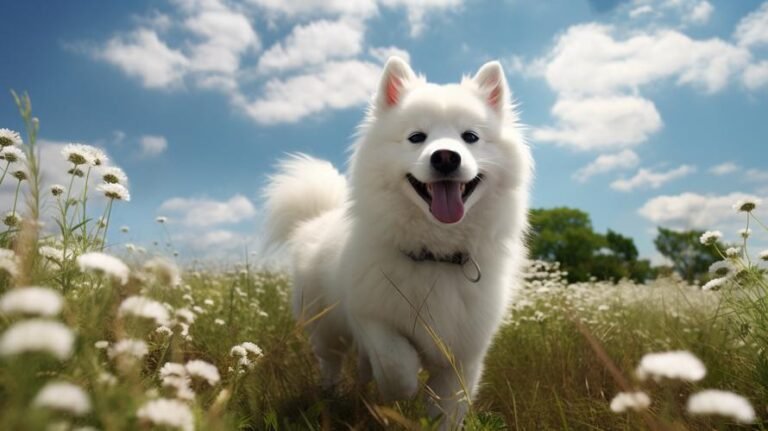Part one – Unraveling the Mystery of the American Eskimo Dog!
Did you know that American Eskimo Dogs (AEDs) have absolutely no affiliation with Eskimos? Yep, despite their misleading name, AEDs aren’t from Alaska, nor are they the sledding dogs of the Arctic! In fact, these fluffy canines have strong German roots. They are intelligent, agile, and undoubtedly charming. But are they dangerous?
Owing to their stunning white fur and engaging eyes, these dogs instantly win hearts. However, some find their unwavering alertness and protective instinct a bit intimidating, inadvertently giving rise to the misconception that AEDs might be dangerous. In this article, we’re going to dig into the world of American Eskimo Dogs, separating the myths from the truths, and helping you understand them better.
Part two – The Heart of the Matter: The Temperament of an AED
AEDs are often seen as cheerful, spirited, and keenly intelligent. Their companionable nature and robust energy make them suitable for families, singles, and the elderly. They are quick learners and have an incredible capacity to remember commands and tricks, thanks to their ancestor’s circus dog lineage.
Although they have a brisk energy level, AEDs are not inherently aggressive or dangerous. However, they have a strong protective instinct, a trait that’s often misinterpreted as hostility. If not trained properly, their protective nature can translate into unwanted behaviors such as excessive barking or defensive biting.
Part three – The Value of Training and Socialization
Like any other breed, AEDs need consistent training and early socialization to help them develop into rounded, well-behaved dogs. Training should be a blend of obedience training, socialization, and learning how to be comfortable when alone.
An important thing to remember while training an AED is ‘positivity’. AEDs respond well to positive reinforcement methods. Celebrate their success with treats, words of praises, and love. Harsh discipline, on the contrary, can lead these dogs to become scared and defensive, which might incite aggressive behavior.
Socialization is key for these dogs. As early as possible, expose your AED puppy to a range of experiences – people, animals, places, sights, and sounds. This will help your dog feel more comfortable and confident in different scenarios, lessening their anxiety or aggression.
Part four – Understanding The Eskie’s Barker Nature
AEDs have a reputation as incessant barkers, which can certainly give the impression that they’re dangerous. But their tendency to bark stems from their history as watchdogs. The barking is simply their way to alert you about something they perceive as “not normal”.
Training them can help control excessive barking. A simple command such as “Quiet” can work wonders. AEDs are smart; they will relate the word to their action quickly. Also, curbing their boredom and providing them with physical and mental stimulation can help keep their barking in check.
Part five – Health and Care, The Undeniable Bond
AEDs are generally healthy dogs; however, like any breed, they are prone to specific health conditions. Regular health check-ups can prevent or detect issues like hip dysplasia, progressive retinal atrophy, or obesity.
An AED’s fluffy white coat is another trademark feature of the breed. It may appear high maintenance, but in reality, it just needs regular brushing to prevent matting and tangling. Good overall care of your AED not only keeps them healthy and happy but also less reactive or stressed, which contributes to better behavior.
To wrap it up, an American Eskimo isn’t a dangerous dog. They’re active, intelligent, and friendly creatures, who, with consistent training, socialization, and affection, can be your perfect fur-companion. Remember, a dog’s behavior is mostly a reflection of their upbringing, environment, and treatment. When treated with respect, love, and care, any dog, including an American Eskimo, can be a wonderful member of the family!



